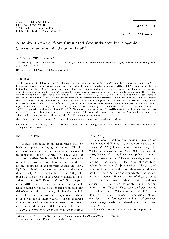摘要
To assess the feasibility of biogenic schwertmannite to act as a sorbent for removing arsenite from groundwater, a series of biogenic schwertmannite-packed column adsorption experiments were conducted on simulated As(III)-containing groundwater. Empty bed contact time (EBCT), As(III) concentration in effluent, and the removal efficiency of As(III) through the column were investigated at pH 8.0 and temperature 25 +/- 0.5 degrees C. The results showed that the breakthrough curves were mainly dependent on EBCT values when the influent As(III) concentration was 500 mu g L-1 and the optimum EBCT was 4.0 min. When the effluent As(III) concentration reached 10 and 50 mu g L-1, the breakthrough volumes for the schwertmannite adsorption column were 4 200 and 5 600 bed volume (By), with As(III) adsorption capacity of 2.1 and 2.8 mg g(-1), respectively. Biogenic schwertmannite could be regenerated by 1.0 mol L-1 NaOH solution, and more than 80% of As(III) adsorbed on the surface of schwertmannite could be released after 3 successive regenerations. The breakthrough volume for the regenerated schwertmannite-packed column still maintained 4 000-4 200 BV when the As(III) concentration in effluent was below 10 mu g L-1. Compared with other sorbents for As(III) removal, the biogenic schwertmannite-packed column had a higher breakthrough volume and a much higher adsorption capacity, implying that biogenic schwertmannite was a highly efficient and potential sorbent to purify As(III)-contaminated groundwater.
- 出版日期2013-6
- 单位南京农业大学
